In the ever-evolving world of digital marketing, Search Engine Optimization (SEO) services stands as a pillar of online success, driving visibility and organic traffic for businesses, bloggers, and creators alike. Yet, despite its importance, SEO is riddled with myths—persistent misconceptions that confuse newcomers and veterans alike.
These myths often stem from outdated practices, misinterpreted data, or the rapid pace of algorithm changes. Falling for them can derail your efforts, waste resources, and leave your website languishing in search result obscurity.
his article dives deep into ten prevalent SEO myths, debunking them with evidence, examples, and expert insights. We’ll go beyond surface-level explanations, exploring the origins of these myths, their potential consequences, and practical steps to avoid their pitfalls.
Whether you’re optimizing a small blog or a sprawling e-commerce site, understanding these falsehoods will empower you to craft a modern, effective SEO strategy. Plus, we’ll cover why staying current with SEO trends is non-negotiable and how to do it right. Let’s clear the fog and set you on the path to sustainable growth.
What Is an SEO Myth?
An SEO myth is a belief about search engine optimization that’s widely accepted but fundamentally flawed. These misconceptions can emerge from a variety of sources: tactics that worked in the early days of SEO, oversimplified advice from self-proclaimed gurus, or confusion about Google’s complex algorithms.
For example, keyword stuffing was once a viable ranking tactic in the 1990s, but today it’s a surefire way to earn a penalty. The danger of these myths lies in their ability to misguide efforts, leading to strategies that no longer align with how search engines operate in 2025.
By debunking these myths, we aim to replace confusion with clarity, giving you the tools to optimize smarter. Let’s start with one of the most persistent claims in the SEO world.
Must Read – 10 Essential Plugins for Every WordPress Website
1. SEO Is Dead
Myth: With the rise of social media, paid ads, and new technologies, SEO has lost its relevance.
Reality: SEO isn’t dead—it’s thriving and adapting. Organic search remains a powerhouse, driving 53% of all website traffic according to BrightEdge’s research. While platforms like Facebook and TikTok offer instant reach, they can’t match the long-term, cost-effective benefits of ranking well on Google.
Search engines have evolved, prioritizing user experience, mobile optimization, and high-quality content over outdated tricks, proving SEO’s enduring value.
Why It Persists: This myth often stems from frustration with SEO’s slower pace compared to instant ad results, or from algorithm updates that shake up rankings. Yet, businesses like REI continue to dominate outdoor gear searches through consistent SEO efforts, not just paid campaigns.
Historical Context: In the early 2000s, SEO was simpler—stuff a page with keywords, and you’d rank. As Google introduced updates like Panda (2011) and RankBrain (2015), the focus shifted to quality and intent, leading some to mistakenly declare SEO obsolete.
Actionable Insight: Integrate SEO into your broader marketing plan. Optimize for mobile users (Google’s mobile-first indexing is standard now), reduce page load times with tools like Google PageSpeed Insights, and create content that solves real problems. Track performance with Google Analytics to refine your approach.
Potential Consequences: Abandoning SEO risks losing organic traffic to competitors, increasing reliance on costly ads, and missing out on sustainable growth.
Case Study: A small e-commerce site boosted its organic traffic by 200% in six months by focusing on SEO fundamentals—keyword research, on-page optimization, and quality backlinks—proving SEO’s vitality.
Must Read – 10 Best WordPress Plugins for SEO
2. ChatGPT Is Killing Google
Myth: AI tools like ChatGPT will overtake Google, making traditional search engines irrelevant.
Reality: ChatGPT is impressive, but it’s not a Google killer. It generates responses from static data, lacking the ability to crawl the web or provide real-time updates—capabilities Google has honed over decades. While AI excels at content creation or quick answers, Google’s vast, dynamic index and personalized results keep it dominant. In fact, AI can complement SEO, not replace it.
Why It Persists: Hype around AI’s capabilities fuels this myth. ChatGPT’s launch in 2022 sparked speculation, but Google’s 92% search market share (StatCounter, 2023) tells a different story.
Historical Context: Search engines faced similar threats before—think Yahoo in the ’90s or Bing’s push in the 2000s. Each time, Google adapted, integrating AI like BERT to enhance, not end, its reign.
Actionable Insight: Use AI tools like ChatGPT to brainstorm content ideas or draft outlines, then optimize with current, web-sourced data for Google. For example, AI might suggest blog topics, but keyword research via Ahrefs refines them for search intent.
Expert Quote: Rand Fishkin, SEO pioneer, notes, “AI is a collaborator, not a conqueror. Search engines still rule discovery.”
Potential Consequences: Over-relying on AI without SEO could limit your reach, as users still turn to Google for diverse, up-to-date answers.
Must Read – Universal Analytics (GA3) Vs. Google Analytics 4 (GA4) Explained
3. Content Length Doesn’t Matter
Myth: Only content quality matters—length is irrelevant to SEO.
Reality: Quality is king, but length often supports it. Backlinko’s analysis of top-ranking pages found an average of 1,447 words, suggesting depth correlates with success. Longer content can address user intent more fully, earning dwell time and backlinks. However, fluff won’t cut it—value trumps word count every time.
Why It Persists: Google’s emphasis on quality leads some to dismiss length. Yet, a 300-word post rarely matches the depth of a 2,000-word guide on the same topic.
Historical Context: Early SEO favored short, keyword-heavy pages. As algorithms matured, comprehensive content gained favor, reflecting user preference for detailed answers.
Actionable Insight: Aim for completeness over arbitrary length. Break content into scannable sections with subheadings, bullet points, and images. Tools like Yoast SEO can gauge readability and optimization.
Case Study: HubSpot’s 2,500-word posts on inbound marketing consistently outrank shorter competitors, thanks to their thoroughness and engagement.
Potential Consequences: Skimpy content may fail to satisfy users or rank well, losing you traffic to more robust resources.
Must Read – Google Bard Using PaLM For Better Math & Logic
4. Zero-Click Searches Have Made SEO Redundant
Myth: With answers appearing on search pages, SEO is pointless.
Reality: Zero-click searches are up—25.6% per Ahrefs—but 74.4% of searches still drive clicks. Optimizing for SERP features like snippets or local packs can enhance visibility, even without clicks. SEO evolves with these trends, remaining essential for traffic and authority.
Why It Persists: Visible zero-click results (e.g., weather forecasts) spark doubt, but they’re a shift, not a death knell. A snippet appearance can still build brand trust.
Historical Context: Google’s Knowledge Graph (2012) kicked off zero-click trends, yet organic clicks remain vital for most industries.
Actionable Insight: Target snippets with concise, structured answers to “how” or “what” queries. Use schema markup and monitor SERP performance with SEMrush.
Potential Consequences: Ignoring SEO cedes snippet opportunities to rivals, reducing your visibility over time.
Must Read – Google Bard Update- Improved Math, Logic responses
5. E-E-A-T Is a Ranking Factor
Myth: E-E-A-T (Experience, Expertise, Authoritativeness, Trustworthiness) is a direct Google ranking metric.
Reality: E-E-A-T guides quality raters, not algorithms. It’s not a score but a lens for assessing content. Sites with strong E-E-A-T rank well due to indirect signals like backlinks and user trust, not a literal E-E-A-T tally.
Why It Persists: Google’s guidelines mention E-E-A-T, confusing its role. A doctor’s blog might rank high because of expert citations, not an E-E-A-T checkbox.
Historical Context: Introduced in 2018, E-E-A-T addressed misinformation, especially in YMYL (Your Money, Your Life) niches.
Actionable Insight: Build E-E-A-T with expert authorship, credible sources, and a secure site (HTTPS). Check Google’s Quality Rater Guidelines for clarity.
Expert Quote: Marie Haynes says, “E-E-A-T is about perception. Earn trust, and rankings follow.”
Potential Consequences: Obsessing over E-E-A-T as a metric wastes effort—focus on its principles instead.
Must Read – Add Me To Search – How to Create Google People Card
6. Brand Building Doesn’t Matter in SEO
Myth: SEO is all about keywords and links—branding is separate.
Reality: A strong brand amplifies SEO. It drives branded searches, boosts click-through rates, and attracts natural links. Moz suggests unlinked mentions (co-citations) signal authority, intertwining branding with SEO success.
Why It Persists: SEO’s technical roots overshadow branding’s impact. Yet, Nike’s branded searches enhance its organic dominance.
Historical Context: Pre-2010, SEO ignored branding. Social media’s rise highlighted its value.
Actionable Insight: Strengthen your brand with consistent messaging and outreach. Track branded search growth with Google Trends.
Case Study: Dollar Shave Club’s 2012 viral video spiked branded searches, lifting organic rankings.
Potential Consequences: Weak branding limits recognition, stunting organic growth.
Must Read – 9 Google Manual Penalties You Should Avoid
7. It Takes Google 30 to 60 Days to Index Backlinks
Myth: Backlinks take a fixed 30–60 days to affect rankings.
Reality: Indexing varies—hours for high-authority links, weeks for obscure ones. It hinges on crawl frequency and link quality, not a set clock.
Why It Persists: Old SEO timelines linger, despite Google’s dynamic crawling.
Historical Context: In the dial-up era, indexing was slower. Modern tech accelerates it.
Actionable Insight: Pursue links from active, reputable sites. Submit sitemaps via Google Search Console to hasten discovery.
Potential Consequences: Misjudging timing can skew strategy—patience pays with quality links.
Must Read – 9 Link Building Strategies for Bloggers
8. Google Uses Domain Authority
Myth: Moz’s Domain Authority (DA) dictates Google rankings.
Reality: DA is a Moz metric, not a Google signal. Google uses its own factors—links, relevance, UX. DA predicts potential, not reality.
Why It Persists: DA’s prominence in SEO tools blurs its third-party status.
Historical Context: Moz launched DA in 2009 as a handy gauge, not a Google clone.
Actionable Insight: Use DA as a benchmark, but prioritize Google-centric tactics. Analyze links with Ahrefs.
Expert Quote: Cyrus Shepard clarifies, “DA’s a compass, not the map Google follows.”
Potential Consequences: Chasing DA alone misaligns efforts—focus on real signals.
Must Read – 7 Key eCommerce Conversion Metrics You Should Monitor
9. Local SEO Is All About Reviews
Myth: Reviews are the sole key to local SEO.
Reality: Reviews help, but Google balances proximity, relevance, and prominence. NAP consistency, GMB optimization, and citations matter too.
Why It Persists: Reviews’ visibility overshadows other factors.
Historical Context: Google Places (2010) elevated reviews, but algorithms grew broader.
Actionable Insight: Gather reviews, optimize GMB, and use local keywords. List in directories like Yelp.
Case Study: A café’s GMB overhaul—reviews, photos, hours—lifted local traffic 35%.
Potential Consequences: Review-only focus neglects foundational wins.
Must Read – 10 Powerful Link Building Techniques For SEO
10. Google Penalizes Duplicate Content
Myth: Duplicate content triggers penalties.
Reality: It confuses indexing, not penalizes. Google picks a canonical version—penalties are for deceit, not duplication.
Why It Persists: Fear stems from misread guidelines.
Historical Context: Pre-2008, duplication was riskier. Canonical tags (2009) eased concerns.
Actionable Insight: Use canonical tags and audit with Siteliner. Add unique value per page.
Potential Consequences: Unmanaged duplicates dilute rankings, not ban you.
Why Staying Updated with SEO Trends Matters
SEO isn’t static—Google’s 2022 updates alone shifted focus to helpful content and spam reduction. Staying current ensures your strategy aligns with these shifts. Here’s how:
- Read Blogs: Follow Moz, Search Engine Journal, and Ahrefs for news and tips.
- Join Events: Webinars like MozCon offer cutting-edge insights.
- Engage Communities: Reddit’s r/SEO or Twitter discussions keep you in the loop.
- Test and Learn: Experiment with tactics (e.g., video SEO) and analyze via Google Analytics.
Adapting to trends like voice search or AI integration keeps you ahead.
Conclusion
SEO myths can trap you in outdated or ineffective tactics, but clarity sets you free. From debunking “SEO is dead” to clarifying duplicate content, this guide equips you with truth and strategy.
SEO demands vigilance—embrace quality content, brand strength, and ongoing learning. Resources like Google’s Search Central and industry blogs are your allies.
With these insights, you’re ready to optimize smarter, sidestep pitfalls, and build an online presence that lasts.



















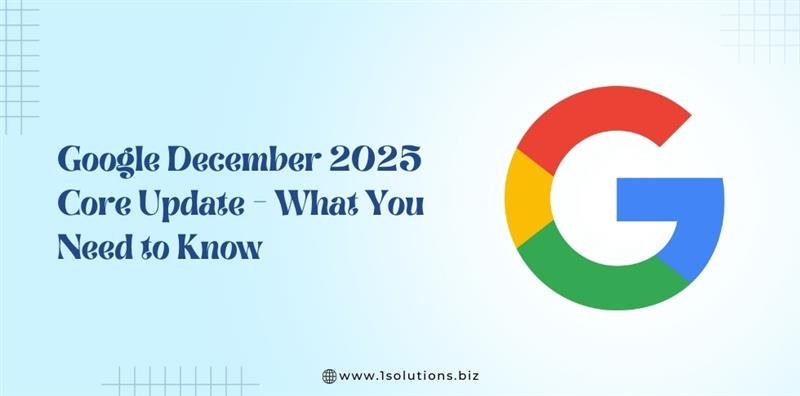
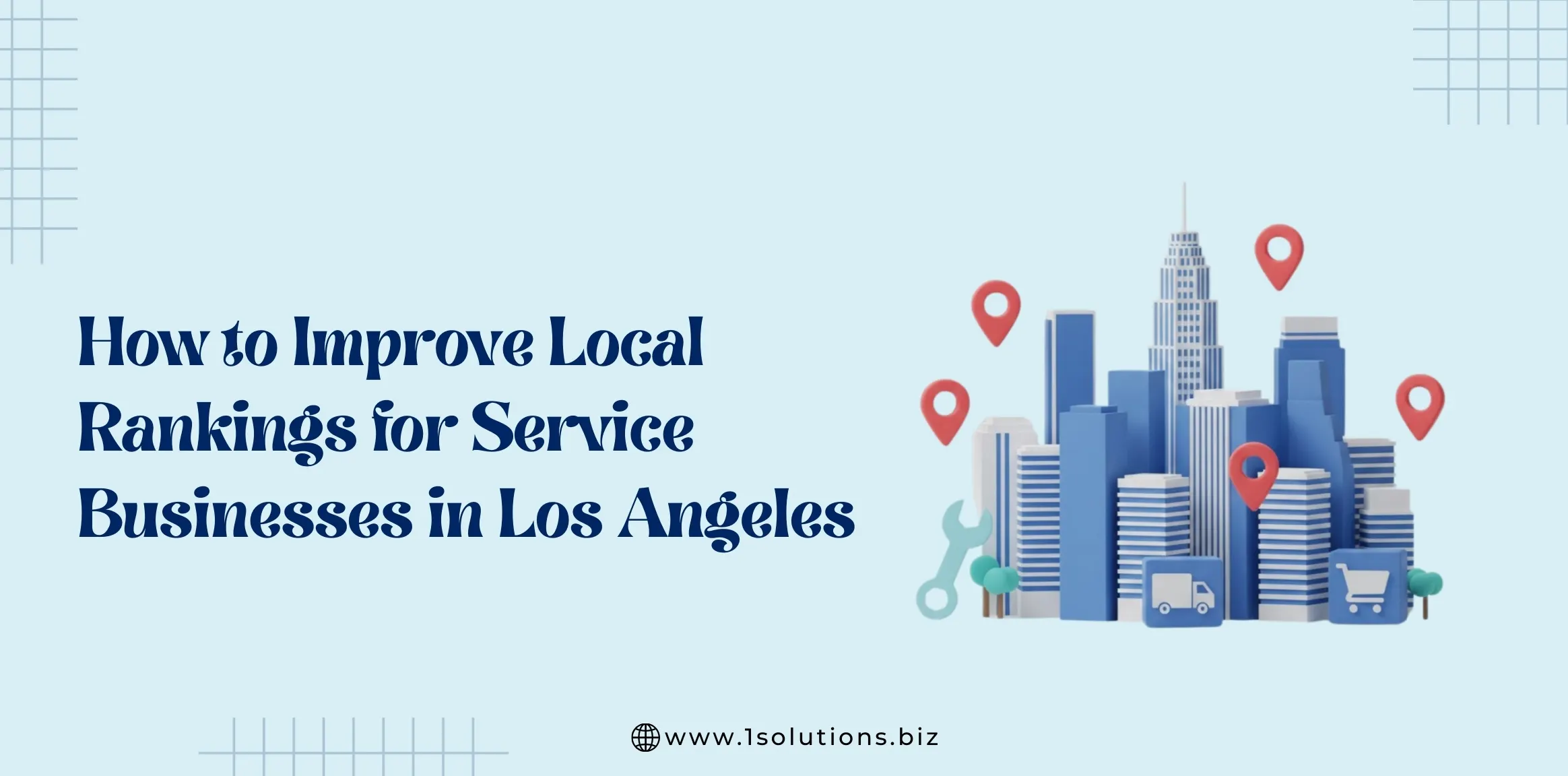
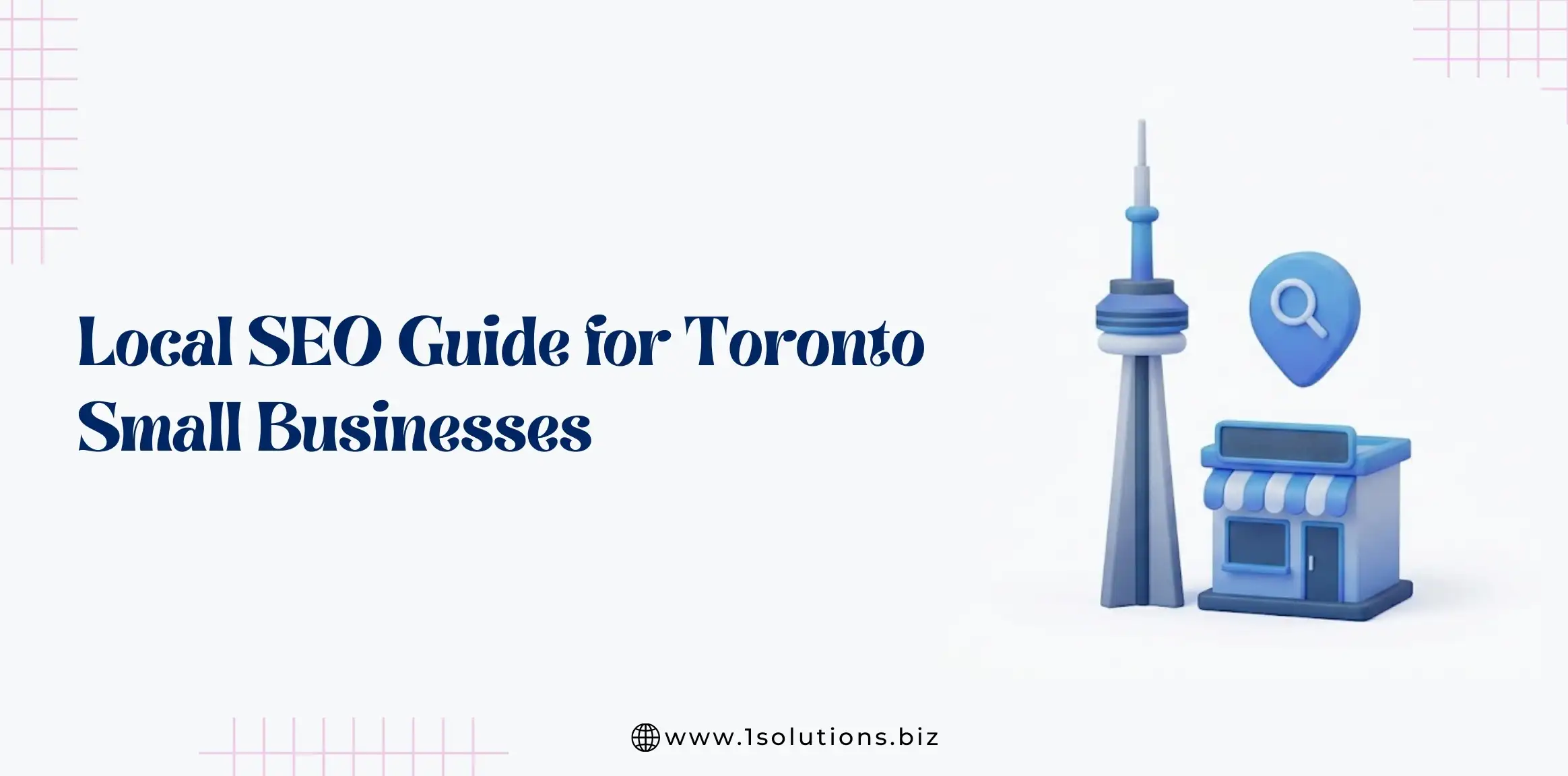

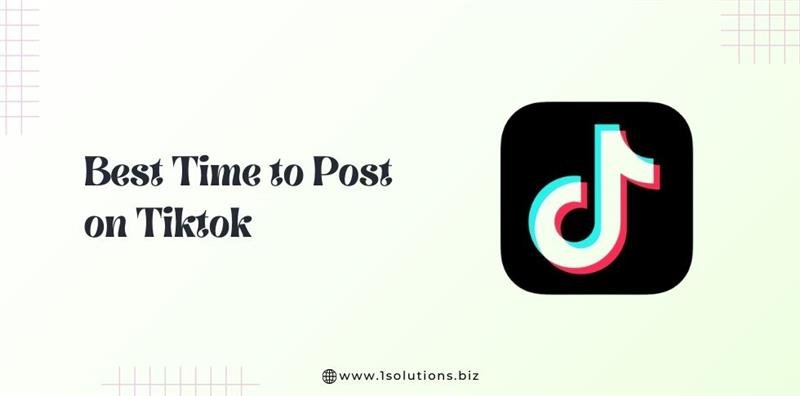
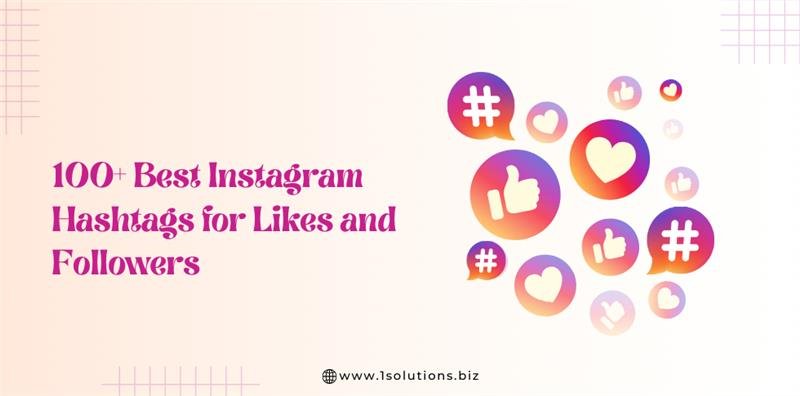
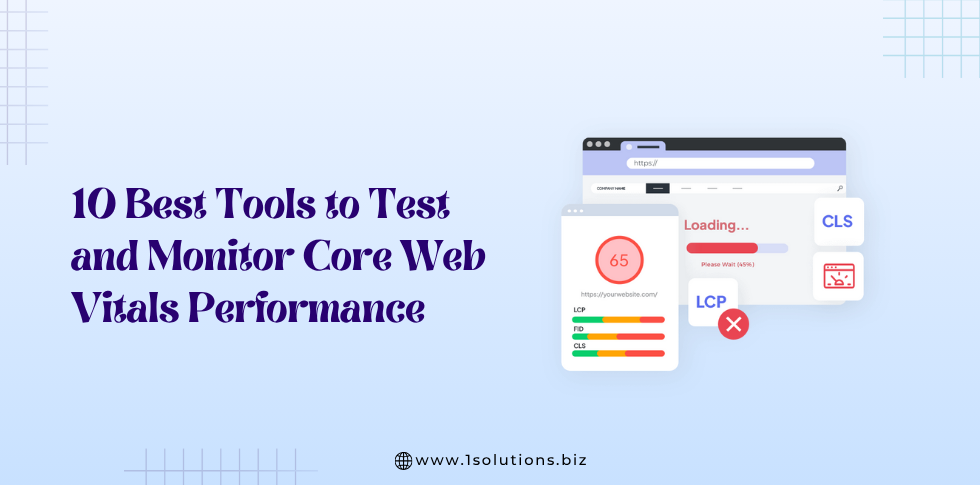




 in India
in India